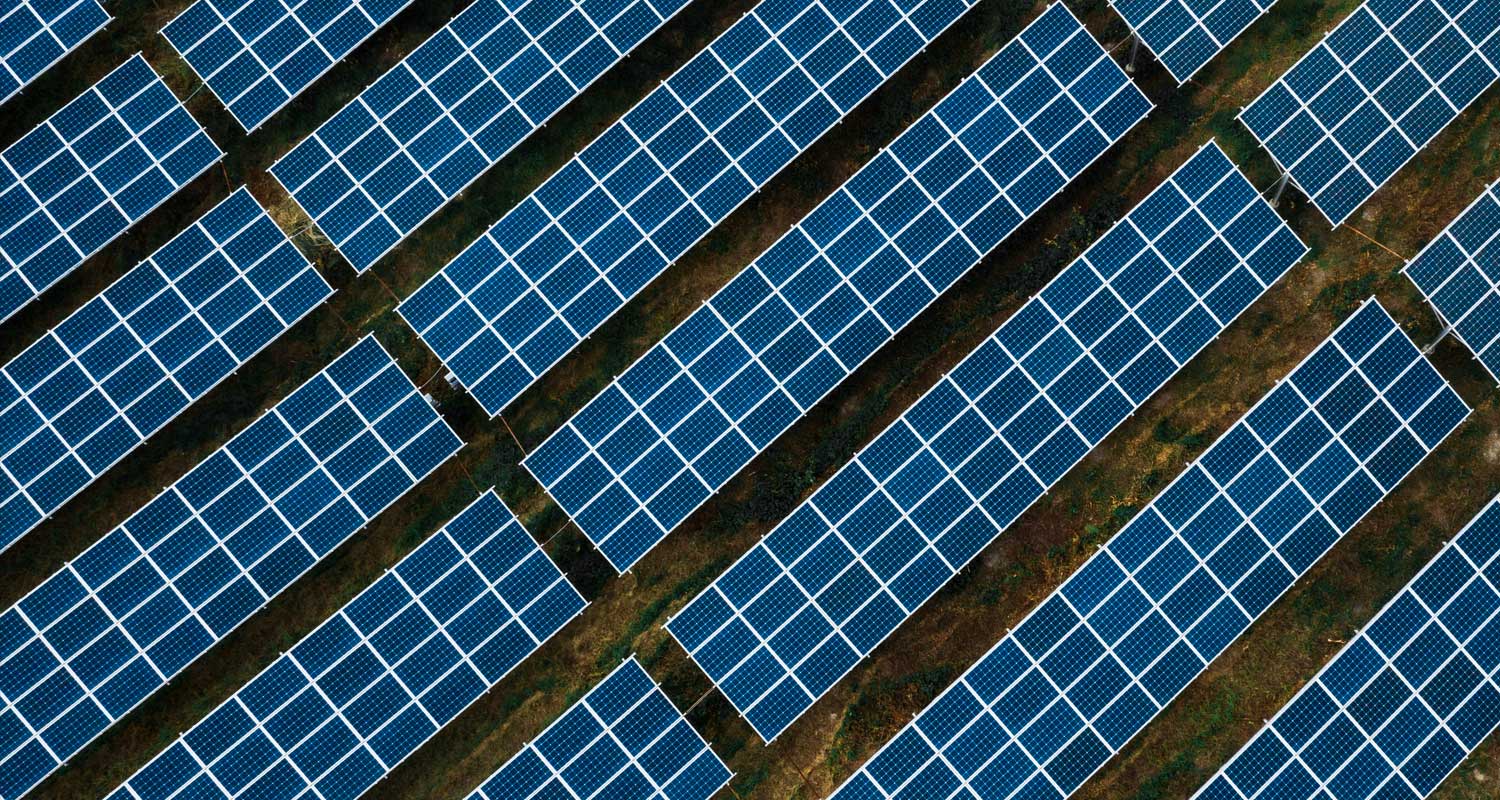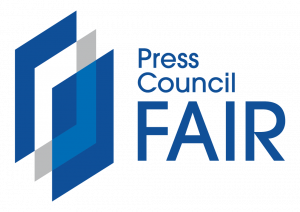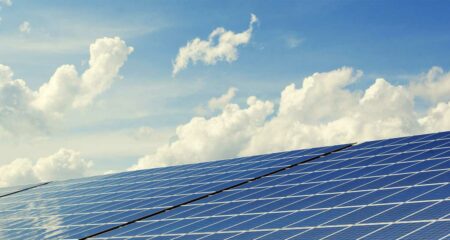 Husk Power Systems, the world’s biggest solar mini-grid operator, aims to raise an industry record of as much as US$400-million (R7.4-billion) in debt and equity this year as it expands across India and Africa.
Husk Power Systems, the world’s biggest solar mini-grid operator, aims to raise an industry record of as much as US$400-million (R7.4-billion) in debt and equity this year as it expands across India and Africa.
The capital raise, which will be a mix of equity and debt, comes ahead of a planned initial public offering in 2027 and after it more than doubled revenue last year and increased the number of mini-grids it operates to 400 from 200.
“That’s the capital we need to be able to go and expand with our new aspirations based on the evidence that we can actually grow at 150% year over year,” Manoj Sinha, the company’s co-founder and CEO, said in an interview from Fort Collins in Colorado, where he is based. “We are in a capital-intensive business.”
Husk, founded in 2008 in the Indian state of Bihar, is taking advantage of a drive by governments and multilateral lenders such as the World Bank to bring electricity in coming years to the more than 600 million Africans who lack access to it.
At the end of January, the World Bank and African Development Bank are convening a conference in Tanzania to raise additional funding for a programme that the two institutions have already said they will commit $30-billion to by 2030.
The power company in 2003 raised $103-million in debt and equity in a series-D funding round and now plans to tap existing and new investors to fund its expansion. It expects to achieve a similar revenue growth rate this year to 2024’s.
Previous investors included France’s STOA Infra & Energy, the US International Development Finance Corp and Shell Ventures.
Cheques
“We are looking for investors that can single-handedly write cheques of $50-million to $100-million,” Sinha said. The company is considering several listing options including exchanges in India and the US, he said.
Husk, which also installs rooftop solar arrays for individual business customers and sells energy-efficient appliances, currently operates about 80% of its mini-grids in India and the rest in Nigeria, where an attractive policy framework has boosted growth in the industry. It hopes to enter the Democratic Republic of Congo in the second half of 2025 and buy mini-grid companies or their assets in Benin and Madagascar, he said.
Read: Amid solar PV glut, China turns to the Opec model
The grids, most of which are 50-100kW in size, largely rely on solar panels and batteries with a diesel generator as backup in times of intensive use or unfavourable weather. Some in India use biomass as backup and the use of biogas-based compressed natural gas is being investigated. About 92% of the power Husk produces is renewable, Sinha said.
Promotional video of Husk’s operations in Nigeria:
Customers pre-pay for power through an app and Husk also sells carbon offsets based on its activities.
In the past year, the company rolled out its Prism product, which allows the delivery of a largely assembled mini-grid to a site, accelerating its deployment. It has also started building its first interconnected mini-grids of between 1MW and 2MW in size, the CEO said. — Antony Sguazzin, with Gina Turner, (c) 2024 Bloomberg LP
Get breaking news from TechCentral on WhatsApp. Sign up here
Don’t miss:
Technology breakthrough could reduce space needed for solar panels


